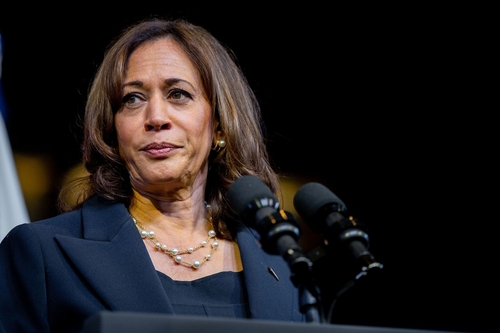As Vice President Kamala Harris prepares for the final stretch of her presidential campaign, she is facing significant challenges in securing support from union voters. Historically a core constituency for Democrats, unionized blue-collar workers have become increasingly disillusioned, shifting towards the GOP and Donald Trump. Polls show Harris underperforming in key battleground states like Michigan and Pennsylvania, where these voters could tip the scales in the 2024 election.
Harris’ problem with union voters stems from the perception that her policies prioritize the professional class over the working class. Unlike President Joe Biden, who made manufacturing and industrial jobs a focal point of his administration, Harris has concentrated on policies like the child tax credit, affordable housing, and small business support. While these efforts resonate with some, they fail to connect with union members focused on traditional labor concerns, such as job security and wage growth.
🚨BREAKING: Walmart is now selling a new book titled The Achievements of Kamala Harris—and all the pages are blank.
This is INCREDIBLE 🤣
pic.twitter.com/gX2LZ67Ipo— Jack (@jackunheard) October 6, 2024
The shift in messaging is seen by many as a gamble that could backfire. Union voters, particularly those in manufacturing and industrial sectors, feel that their priorities have been sidelined. This comes at a time when economic anxiety is high, with inflation and cost-of-living increases affecting working-class households across the country. Polls indicate that many union voters, who were once a dependable base for the Democratic Party, are now leaning towards Trump due to his promises of economic revival and a return to manufacturing jobs.
The challenge for Harris is more than just about rhetoric. Union endorsements have become harder to secure. The International Brotherhood of Teamsters, one of the largest and most influential labor unions, declined to endorse Harris. This move could sway other unions to follow suit, further weakening her position with this critical voting bloc.
To be clear:
Hurricane victims do NOT get $750 per person.
It’s $750 per family.
Also, it’s a loan.
You have to pay it back.
— I FIND RETARDS (@ifindretards_2) October 5, 2024
Although Harris' campaign has highlighted her involvement in passing the CHIPS Act and clean energy initiatives—both of which aim to create thousands of manufacturing jobs—these accomplishments are rarely emphasized on the campaign trail. Critics argue that her focus on the "care economy" ignores the needs of the very workers who would benefit most from industrial policy. Even when Harris does bring up her administration’s industrial efforts, it often comes in response to broader topics like climate change, diluting its impact.
The lack of strong union support is particularly worrisome in Midwestern states like Michigan and Wisconsin, both of which are pivotal in the 2024 election. In these regions, Harris’ struggles have allowed Trump to make significant inroads. Even workers at factories funded by Biden’s policies have expressed their dissatisfaction, with some indicating they plan to vote for Trump despite receiving raises thanks to Democratic policies. Inflation and economic instability remain top concerns, and many blame the current administration for these issues.
To mitigate these challenges, Harris has chosen Minnesota Governor Tim Walz as her running mate, hoping that his strong ties to Midwestern labor unions will bolster her appeal among working-class voters. Walz's background in supporting industrial policies has been praised by some union members, but it remains to be seen whether this will translate into broader support.
With the election just weeks away, the question remains: Can Harris bridge the gap with union voters, or will the Democrats’ historical base continue to erode under her leadership? The answer may well determine the outcome in critical swing states, where every vote counts.

